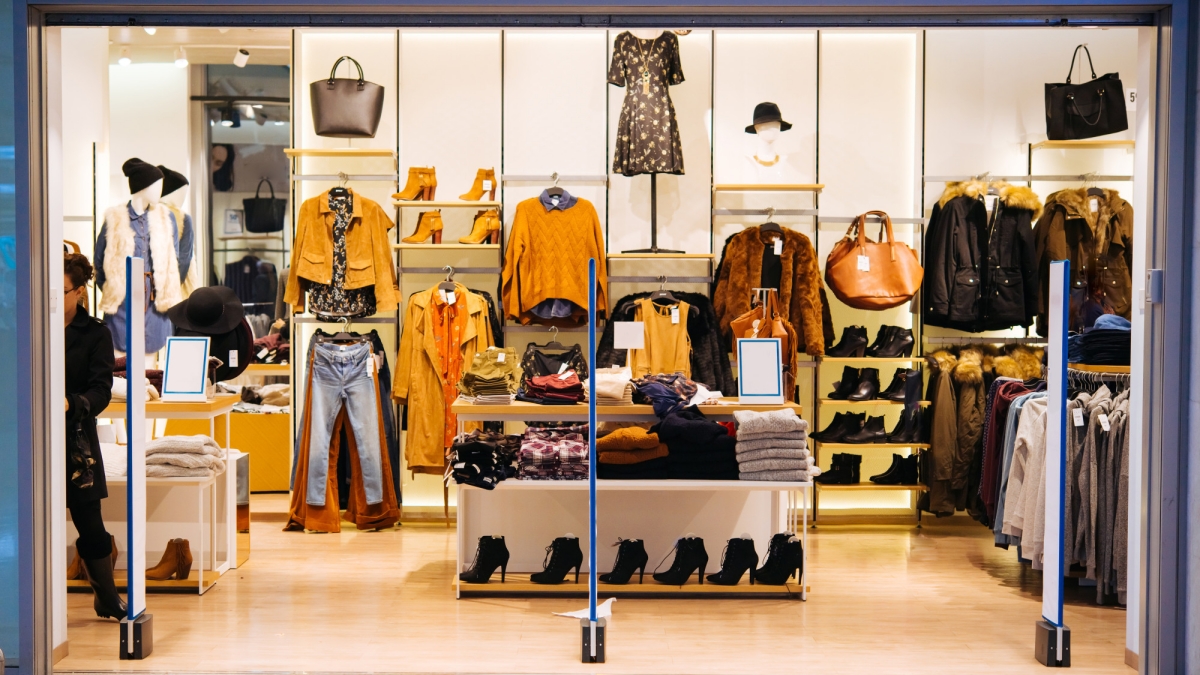
Fueled by high investment rates, the retail analytics market is on track for significant growth. A staggering 87% of retail CIOs and tech leaders are projected to increase their analytics investments by 2024, according to Gartner. This surge in investment reflects the growing importance of retail in-store analytics, which is expected to propel at a CAGR exceeding 21% over the next three years.
The configuration of a store is crucial in defining the customer experience, influencing buying patterns and ultimately, determining the success of the establishment. The introduction of retail in-store analytics equips business proprietors, retail managers and C-suite executives with a formidable tool to refine store layouts with precision.
A data-driven approach to store layout optimization helps improve traffic flow while increasing sales, store performance and overall customer satisfaction.
Table of Contents
The Importance of Store Layout Optimization
A well-thought-out layout not only guides customers effortlessly through the store but also subtly encourages them to make purchases. When products are logically organized and high-demand items are made easily accessible, buyers are more likely to have a positive shopping experience, spend more time in the store and return in the future.
Conversely, a poorly designed layout can lead to customer frustration, reduced time in-store and ultimately reduced sales. Optimizing store layout isn’t just about aesthetics; it’s a strategic component of retail management that directly impacts profitability.
Components of an Ideal Store Layout
By focusing on efficient customer flow, product exposure and satisfaction, retailers can devise a store layout that not only elevates sales but also cements customer loyalty.
The process involves guiding customers efficiently, exposing them to a diverse product range.Clearly defined pathways facilitate seamless navigation through the store, enhancing the customer journey. The layout must encourage impulse purchases by strategically placing low-cost, high-margin items in key locations, such as near the checkout or in eye-catching displays. [VS1]
How Retail In-Store Analytics Revolutionizes Layout Planning
Retail in-store analytics harnesses footfall counters, heatmaps and tracking of customer movements to collect data on customer interactions within a store’s physical space. This data is crucial for uncovering insights into customer behaviors, traffic patterns and product engagements, which ultimately leads to better planning and optimization of spaces. Here’s how:
Improved Traffic Flow
Analyzing real-time foot traffic data helps retailers gain insights into the number of people entering, exiting or merely passing by their store. Understanding how customers move through the store can reveal bottlenecks and dead zones—areas that receive less foot traffic.
Armed with this knowledge, retailers can strategically adjust the placement of displays or products to improve flow and direct customers toward high-margin items or promotions. The granular data generated through an advanced retail analytics platform enables store managers to identify peak sales days and hours. The retailer can optimally allocate resources and staff to meet customer demand effectively.
Product Placement Strategy
Based on customer behavior and sales data, retailers can optimally place their products throughout the store. High-demand items are strategically positioned deeper within the store to promote further exploration, whereas items likely to be bought on impulse are placed near the checkout counters. Retail in-store analytics also empowers retailers to run what-if analysis on different store layouts and product placements, reading customer reactions and sales performance to determine the most effective strategies. This iterative approach ensures that the store environment constantly evolves in line with customer preferences and market trends. Enhanced Customer Experience
By analyzing which areas of the store attract the most interest, retailers can design a layout that meets customers’ needs, making it easier for them to find what they want or discover new products. An optimized layout contributes to an engaging retail environment, increasing the likelihood of repeat visits.
Additionally, data on demographics and preferences helps personalize the in-store experience for different buyer segments. Leveraging point of sale and customer behavior data facilitates accurate customer segmentation. This approach ensures that customers are served with the right strategy which will optimize both sales and the shopping experience.
Efficient Use of Space and Staff
Space is a premium asset in retail, and analytics ensures it’s utilized to its maximum potential. Optimization of floor space requires cutting-edge methods to turn every square foot into a versatile asset that not only drives sales but also improves overall store productivity. By employing retail analytics, the user can get insights into how customers interact with the space. These insights will guide the creation of an environment that encourages more engagement and longer dwell times. The smart use of space not only refers to the sales floor but extends to inventory and storage areas. Analytics can help forecast demand more accurately which allows retailers to stock products more efficiently. Effective use of storage spaces reduces overhead costs and increases the sales floor’s profitability.
Additionally, in-store analytics enables retailers to adjust their staffing and scheduling. By analyzing the customer data vis-a-vis ratio and corresponding sales data, stores can adjust their staffing levels to ensure that customer service is maximized.
Conclusion
In today’s market, where physical and digital shopping experiences are increasingly intertwined, the use of in-store analytics becomes a critical tool for retailers striving to stay competitive and relevant. Leveraging actionable data insights enables them to efficiently organize their stores, ensuring every square foot is optimized to attract, engage and convert customers.
To sum up, the retail sector’s ongoing evolution underscores the importance of adaptability and the strategic use of actionable data to distinguish market leaders from their competitors. Retail in-store analytics is poised to not just change the existing dynamics but to completely redefine them.